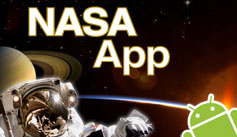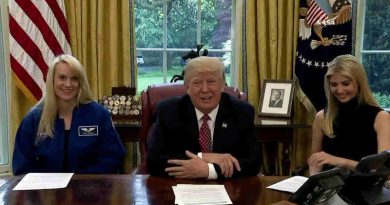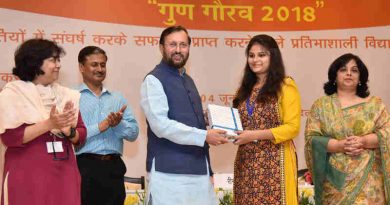NASA Invites Students for Great Moonbuggy Race
Four decades after the first NASA lunar rover rolled across the surface of the moon, innovative students are preparing to design and build a new generation of wheeled wonders.
Registration is open for the 18th annual NASA Great Moonbuggy Race, set for April 1-2, 2011, in Huntsville, Ala.
Participating schools and institutions may register one or two vehicles and teams. Registration closes Feb. 1.
For complete rules, vehicle design parameters and registration for the race, visit: http://moonbuggy.msfc.nasa.gov
NASA’s Marshall Space Flight Center organizes the races held at the U.S. Space & Rocket Center, both in Huntsville.
Also Read:
Free Phones for Mobile Education Program
How to Build Career Using LinkedIn
AMD to Help Youth Create Games in Virtual World
Discovery Award for Top Young Scientist
Student Scientists Working to Support Biodiesel
The event challenges high school and college students to design, build and race lightweight, human-powered “moonbuggies.”
The first rover was developed, built and tested at Marshall in just 17 months. The rover’s inaugural trip across the moon’s surface took place on July 31, 1971.
It was driven by Apollo 15 astronauts David Scott and James Irwin. Two more rovers followed, enabling expanded scientific exploration during the Apollo 16 and 17 missions in 1972.
NASA Great Moonbuggy Race teams attempt to post the fastest vehicle assembly and race times in their divisions, while incurring the fewest penalties on a challenging course simulating the rocky, unforgiving surface of the moon.
Prizes are awarded to the three teams in each division that finish with the fastest race times. NASA and industry sponsors present additional awards for team spirit, best newcomer, most memorable buggy wipeout and other achievements.
In 2010, for the first time, the victors in the high school and college divisions were both from outside the continental United States.
The International Space Education Institute of Leipzig, Germany, raced to a winning time of just 3 minutes, 37 seconds in the high school category.
The University of Puerto Rico in Humacao, the only school to enter a moonbuggy every year since the races began in 1994, won the college division with a time of 4 minutes, 18 seconds.
Participation in the race has increased from just eight college teams in 1994 to more than 70 high school and college national and international teams in 2010. The high school division was added in 1996.
NASA says that more than 32,000 people watched live, streaming coverage of the 2010 race on UStream, an interactive, real-time webcasting platform.
The information was released by NASA Thursday, Oct. 14.
Photo courtesy: NASA




